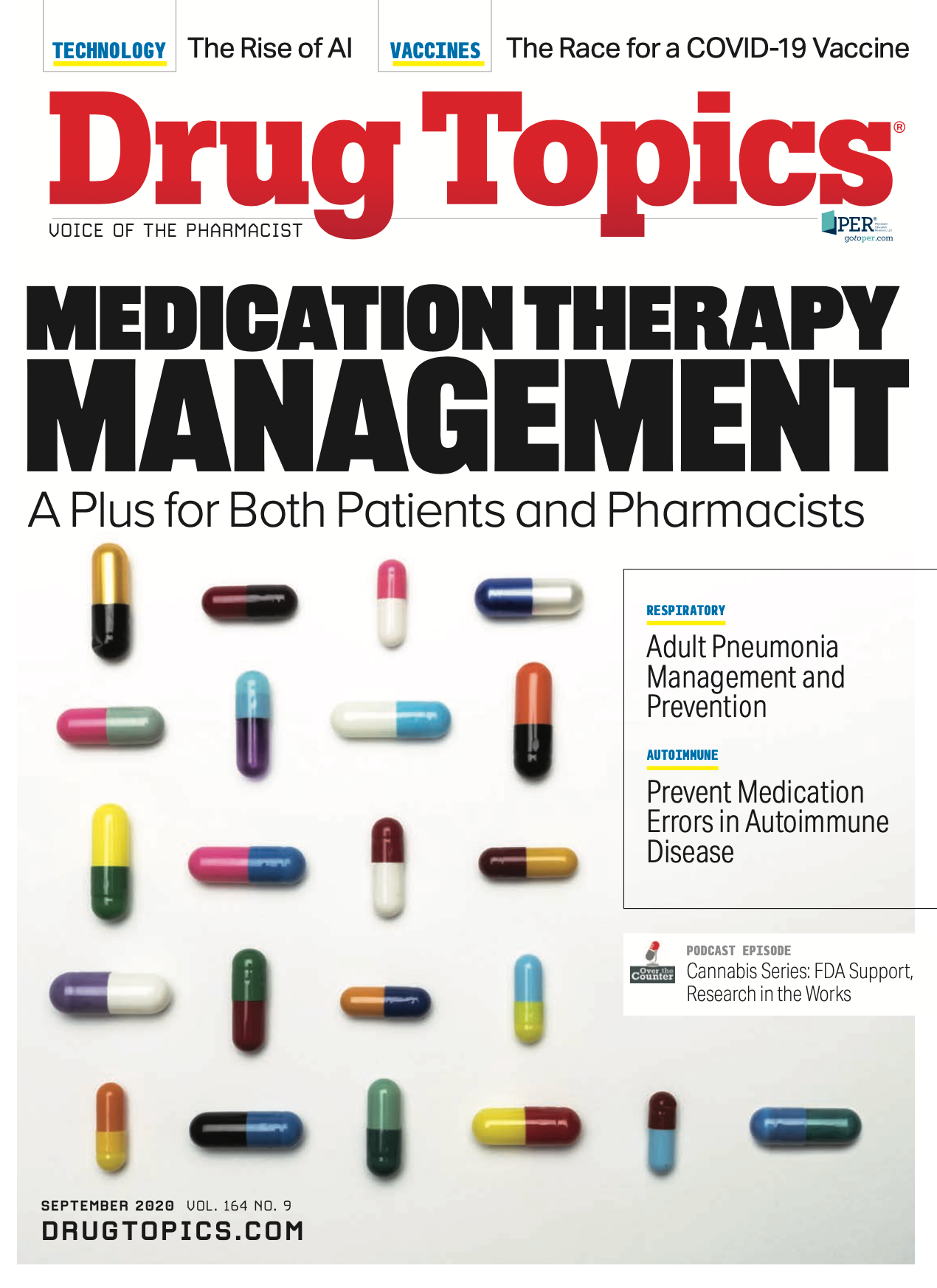The Pharmacist’s Role in Generic Substitution
Pharmacists are in a unique position to recommend cost-saving generics and counsel patients on generic substitution.

The FDA reports that in 2019, 9 out of 10 prescriptions filled in the United States were for generic drugs.1 This places pharmacists in a unique position to recommend cost-saving generics and counsel patients on generic substitution.
Jennifer Palazzolo, RPh, pharmacist-in-charge and owner of Flatirons Family Pharmacy in Longmont, Colorado, feels that pharmacists can play an important role in helping patients with generics. “In the day of electronic prescriptions, patients often have no idea what is sent to the pharmacy and often have sticker shock when the prescription is not covered or has a high copay.” Palazzolo recommended that “the best thing to do in this case is to reach out to the patient before proceeding with filling an expensive brand-name prescription. There are often acceptable generics available that are cost-saving to the patient and health care as a whole, and the pharmacist can teach patients to advocate for themselves if the cost of medication is an issue.”
Palazzolo often educates patients on generics, beginning with OTC products. For example, if a patient is asking for a recommendation and reaching for the brand-name product, Palazzolo will explain to the patient how the generic contains the same active ingredient and will have the same therapeutic outcome. Palazzolo said, “sure, there are times the patient can't get past the pretty packaging, but 9 times out of 10, once explained, the patient will opt for the cost-saving option.”
Palazzolo finds that in conversation, patients will sometimes share the economic burden of copays. If a patient is requesting a brand-name product when a generic is available, she asks why in a non-confrontational way, and explains that it may not be covered or may be very expensive. Often, the patient simply doesn’t want medication from another country. Palazzolo takes the opportunity to educate patients on the manufacturing processes and quality assurance practices, as well as the standards generics have to follow. Once she does this, the patient often feels more comfortable trying the generic, as long as they know they can still switch back to brand if need be (which they rarely do).
Wendi Medved, PharmD, pharmacist-in-charge and owner of Coast to Coast Compounding in Golden, Colorado, takes the time to look for opportunities to save patients money with generics. She recommends pharmacists review patient profiles to look for possible generic substitutions, and reach out to patients and their prescribers for a new prescription, “keeping in mind federal and state laws, and which medications are listed in the Orange Book as Narrow Therapeutic Index (NTI) medications.” She also looks for opportunities to bypass the insurance and save the patient even more money.
Medved stressed the importance of keeping an open line of communication with patients, and letting the patient be involved in the decision-making process. This way, she said, the patient is not surprised or taken aback by a medication that appears different.
Medved also noted that pharmacists should recognize the difference between generic substitution and therapeutic interchange, as a therapeutic interchange using a generic product in place of a brand can save a significant amount of money. “Drugs in therapeutic interchange programs should be targeted based on scientific evidence for similar levels of clinical effectiveness and positive medical outcomes,” she said. For example, the physician may prescribe a newer, brand-name hypertension drug, but a drug in the same class that is available in generic form may work just as well for treating the patient’s hypertension. In the community pharmacy setting, Medved suggests initiating a conversation with both the patient and prescriber about the possibility of a therapeutic interchange.
By helping patients save money, pharmacists can help them improve adherence and outcomes, and avoid complications and hospitalizations.
Reference
1. FDA. Generic Drugs. Accessed July 10, 2020. Last updated November 21, 2019. https://www.fda.gov/drugs/buying-using-medicine-safely/generic-drugs
